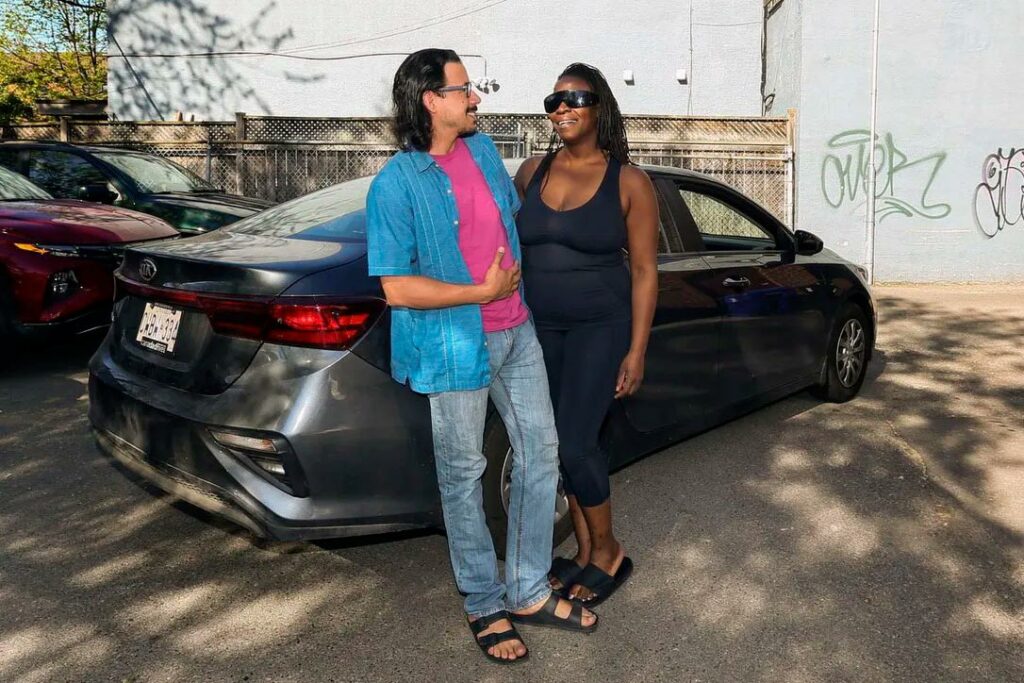
Prices and financing rates are up, and supply is scarce. Here’s what to look for — and what to steer clear of. …
George Iny, president of the Automobile Protection Association, also recommends holding on to your car if you can.
“It’s roughly the worst time to be buying right now,” Iny said.
“If there is a chance for you to find somebody good in the repair trade to look after your current vehicle, bring it up to date on its maintenance. Don’t just go in randomly now and then for an oil change. Go get the owner’s manual out and find out at your time and mileage what work is needed on the vehicle, and consider that you might be driving it for another year or six months,” he said.
When it comes to leasing in the meantime, Canadians won’t have much luck either, Iny said, as leased vehicles won’t be in any greater supply than new ones.
If you absolutely can’t wait and need new wheels now, Iny said consumers can look for better value in the new car market with a compact car, like a Honda Civic, Honda Elantra, Subaru Impreza or Toyota Corolla.
“These are sophisticated vehicles with low running costs and you still get them out the door nicely equipped for under $30,000 before tax,” he said.
“This is a segment that the domestic carmakers have left because nobody’s buying — or that was their perception. So although that’s good advice, it’s not advice the public is following to any great degree.”
Canadians seem to like bigger vehicles, Iny said, such as SUVs with all-wheel drive, which tend to cost more and are in shorter supply.
… As for used cars, Iny said the market is experiencing volatility because buyers who can’t find a new vehicle are now also looking for something used, further fuelling price hikes and competition for vehicles.
“Anything that’s five of six years old or less is selling for historically unheard of prices.”
Consumers can likely safely buy older cars because vehicles now tend to last longer and require less maintenance than they have in the past, said Iny.
If you always only bought a three-year-old car with 50,000 kilometres and that was your limit, you could probably go up to a five- or six-year-old vehicle with about 80,000 or 90,000 kilometres without too much of a loss in utility or function, he said.
If you go this route, Iny said it’s best to buy based on a vehicle’s condition rather than simply choose the cheapest vehicle in a given model or year.
“Go for something with lower mileage at a higher price than comparable vehicles, because it’s almost always cheaper to buy something that is in top shape than it is to buy something that’s average and then pay to bring it up to top shape,” he said.
Consumers should also get a vehicle checked out by a mechanic before sealing the deal, Iny said, adding it’s becoming increasingly difficult to do so in the current market. It can take a day or two to get an appointment with an automotive shop, and buyers will now sell the car up from you to the next person because they don’t want to take the risk that it won’t pass an inspection, he said.
